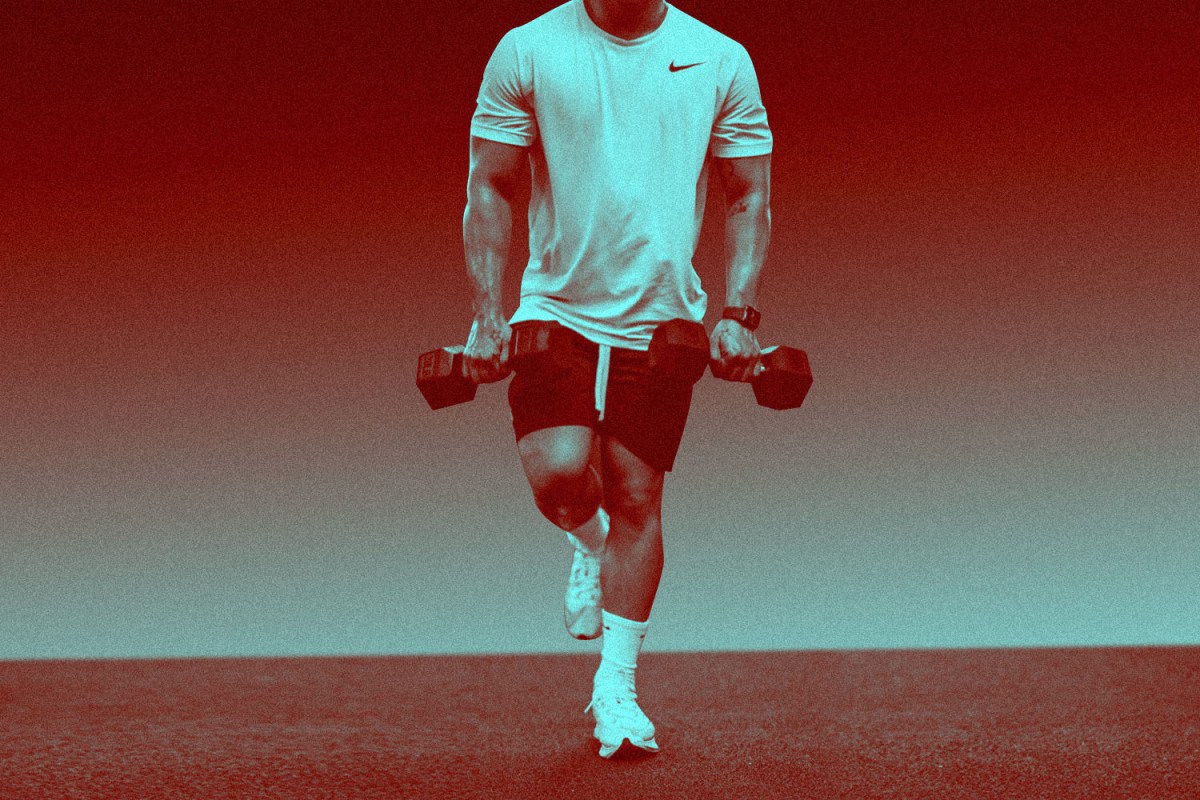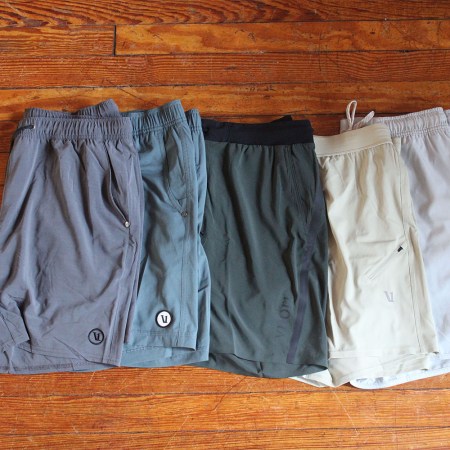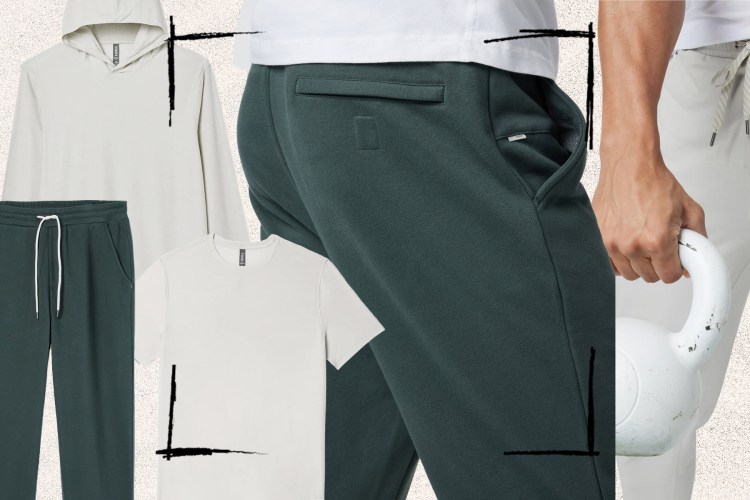When I first started lifting back in high school, I would stand in the corner of a New York Sports Club with a barbell that was about 20 pounds too heavy for me and swing it repeatedly towards my sternum. It was a 16-year-old’s clumsy take on the bicep curl, and it involved a disturbing amount of back. One day, one of the gym’s trainers — who I can only guess couldn’t take it anymore — interrupted a class he was teaching to come over and set me straight. He showed me how to lock my wrists against the body, how to ever so slightly curl my wrists before curling the bar, how to keep my neck straight as I brought the bar up, and how to keep it controlled as I lowered it back down.
You can’t count on trainers or regulars these days. If you’re going to a gym at all right now, you’re not waiting for someone to come up to you and offer pointers on perfecting your form. That’s grounds for immediate dismissal in the COVID era. Still, during these last few months of solitary strength training, it’s more important than ever to copy the experts. A devotion to best practices won’t just help you maintain any gains you’ve made; it’s your best defense against potential injury. This truth came to the fore for me last summer, after I’d briefly, mistakenly abandoned an old tenet of the gym: don’t show up in running shoes.
Running shoes are not acceptable for weightlifting. Period. That might be news to you. It might especially be news to your old man, who wore a pair of Asics or New Balance to the gym for 30 years. But it’s true. Just as activities like basketball, tennis, and golf all necessitate a certain type of shoe, with specific features, strength training requires a flat shoe with a completely flat base, preferably made from hardwood or plastic. Aside from Olympic lifts, every single major powerlifting move is a static affair. Your toes should be able to spread wide and grasp the shoe, which in turn, is firmly grasping the floor. This secures stability and strength in the lower half — massively important for big leg lifts like squats and deadlifts.
That command of balance is critical for upper body movements, too. Back to those bicep curls: if I’m teetering east or west while trying to bring the bar up to my chest, all because my feet aren’t planted firm, the move could lead to imbalances, and potentially injure the back. Consider the construction of a running shoe. The front of the sneaker is curved upwards; the raised toe is meant to encourage mobility. It’s great for running laps on the track, but in the gym, it means your forefoot might not even be touching the ground. Moving back from there you have a structured arch and a cushioned heel — now foamier than ever.
I realized my mental lapse while — somewhat loopy after a humid six-mile run — I tried to train one day in a pair of Saucony Endorphin Pros. They’re marathon shoes, designed to account for tends thousands of pounding strikes against concrete. There’s a reason all the running brands like to brag about how “pillow-like” their shoes are. But that’s exactly why they aren’t meant for lifting. I might as well have dragged a Tempur-Pedic under the squat rack. Fortunately, I righted the ship that day, fishing out my Reebok Nano X’s, and I haven’t looked back. The iconic CrossFit shoe is built with this exact knowledge in mind. Lifting deserves its own shoe.
There are other brands out there also making great strength training shoes. Nike and Under Armour have their own iterations. A young brand named NOBULL is literally dedicated to the concept. But this is another instance where it’s worth “stealing” a wacky hack from the gym rats. Serious lifters love training in canvas sneakers. As in: Converse and Vans. It sounds counterintuitive. How could skateboard shoes possibly offer a lifter the support he needs while exercising? But this isn’t the NFL Combine. You don’t need support to run 15 yards and take a sharp cut to the right (in which case, yes, say goodbye to your ankle). You need support to stand still. To dig your toes into the ground and explode from the heel. A pair of Chucks, with their reliable rubber base, are really all you need to get the job done on that front.
Low-tops? High-tops? I happen to own low-top Vans and high-top Chuck Taylors, and prefer to lift in the high-tops, just because I lace them tight and everything feels a little extra secure. But you can go either way. It helps that the shoes are affordable (usually in the $60 and below range), so you can mix and match. Of course, you could also eliminate shoes from the discussion entirely. Sports medicine physicians have encouraged barefoot lifting in recent years, as an avenue for strengthening muscles in the feet and encouraging neural connection throughout the entire body. It’s definitely worth a try, just be wary of dropping a weight on your foot and cracking your metatarsals. Whatever you go with, though — Reeboks, skate shoes, your naked pups — is better choice than the same shoes you just ran six miles in.
Whether you’re looking to get into shape, or just get out of a funk, The Charge has got you covered. Sign up for our new wellness newsletter today.

























